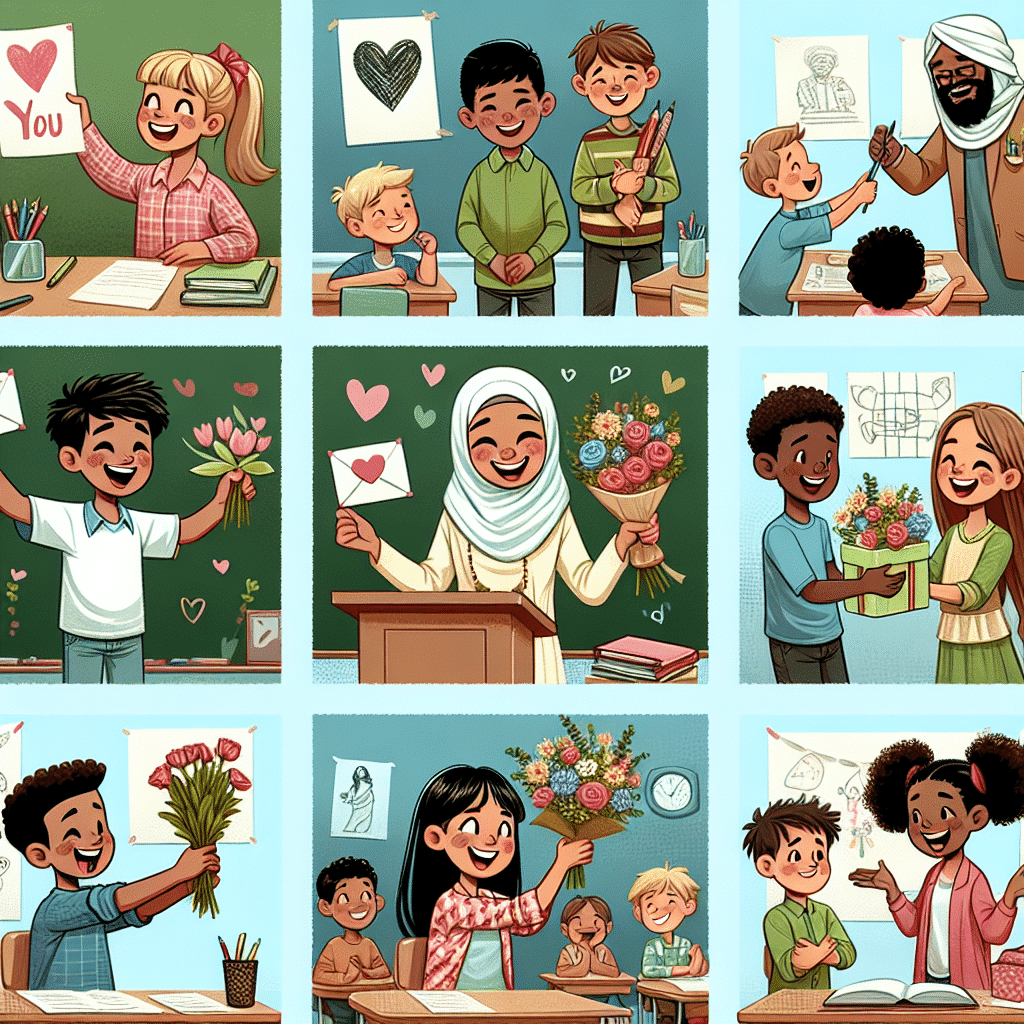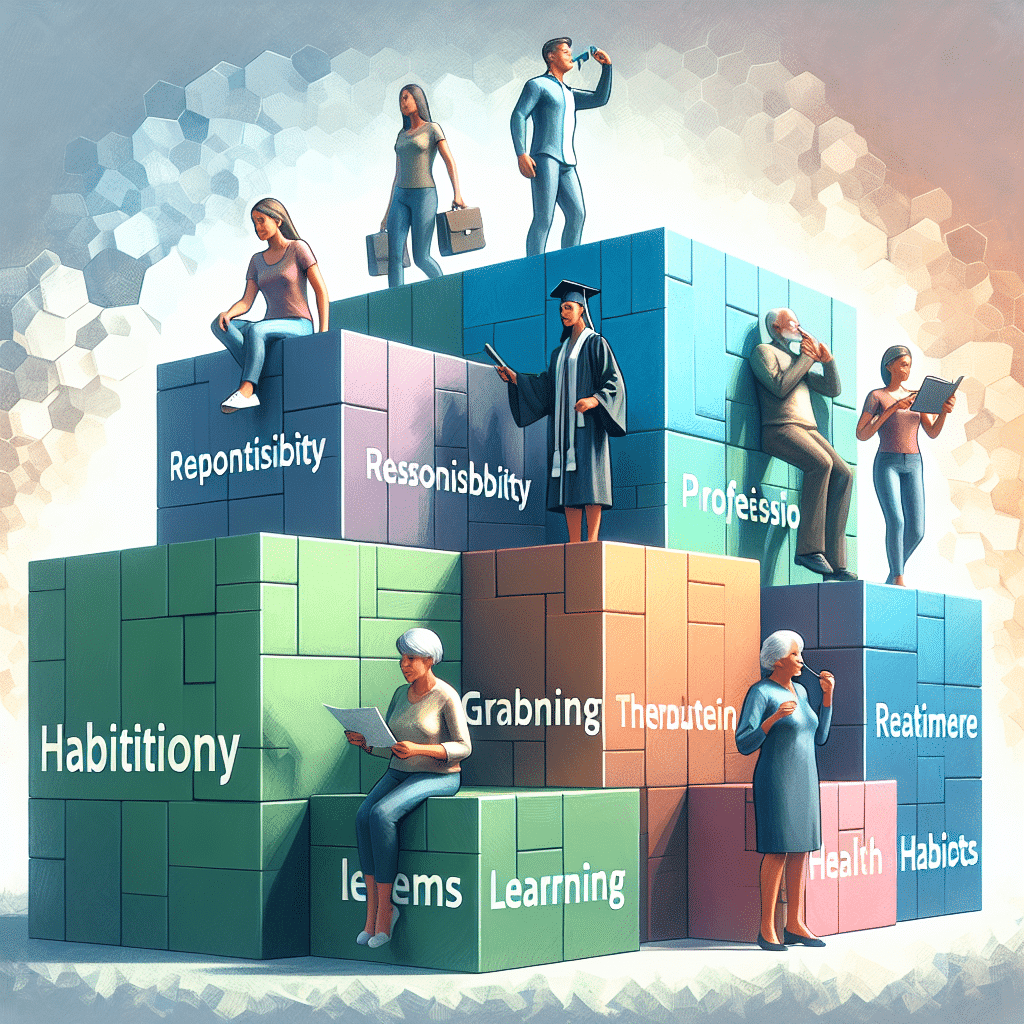
Gratitude plays a crucial role in education by fostering a positive and supportive learning environment. It helps students develop a sense of appreciation for their experiences, accomplishments, and relationships. Incorporating gratitude practices in the classroom can enhance student well-being and academic success. Let’s explore the importance of gratitude in education.
Strategies for Teaching Gratitude in the Classroom
Teaching gratitude in the classroom is essential for fostering a positive environment and promoting emotional well-being among students. Here are some strategies that educators can use to promote gratitude in schools:
- Model Gratitude: Teachers can lead by example by expressing gratitude themselves, whether it’s acknowledging a student’s hard work or showing appreciation for colleagues. When students see their teachers practicing gratitude, they are more likely to adopt the same mindset.
- Practice Gratitude Exercises: Incorporate gratitude exercises into daily routines, such as starting each day with a gratitude journal or sharing something they are thankful for during class discussions. Encouraging students to reflect on positive aspects of their lives can help shift their focus from negativity to appreciation.
- Encourage Thank-You Notes: Encourage students to write thank-you notes to classmates, teachers, or family members to express their appreciation. This simple act of kindness can have a lasting impact on building empathy and gratitude in students.
- Integrate Gratitude into Curriculum: Find ways to connect gratitude to the subjects being taught. For example, in English class, have students write a gratitude letter to a fictional character. In science class, discuss the role of gratitude in promoting overall well-being and mental health.
- Create Gratitude Challenges: Challenge students to engage in acts of kindness and gratitude, such as performing random acts of kindness or creating a gratitude tree where students can share what they are thankful for. This can create a sense of community and interconnectedness among students.
By implementing these strategies in the classroom, educators can help students cultivate a mindset of gratitude that can improve their overall well-being and academic performance. Teaching gratitude is not just about saying thank you; it is about fostering a culture of appreciation, empathy, and positivity that can have a lasting impact on students’ lives.
Benefits of Practicing Gratitude in Education
Integrating gratitude practices into education brings about numerous benefits for students, teachers, and the school community as a whole. Here are some key advantages of incorporating gratitude into the educational setting:
Fosters Positive Relationships
Gratitude promotes a sense of connection and appreciation among individuals. By encouraging students to express gratitude towards their peers, teachers, and school staff, a positive and supportive school culture is created. This, in turn, strengthens relationships and fosters a sense of belonging within the school community.
Improves Mental Health
Research has shown that practicing gratitude can have a positive impact on mental health. By focusing on the things they are grateful for, students develop a more positive outlook on life, leading to reduced stress, anxiety, and depression. Moreover, gratitude helps build resilience, enabling students to better cope with challenges and setbacks.
Enhances Academic Performance
Gratitude has been linked to improved academic performance. When students feel grateful for the opportunity to learn and grow, they are more motivated and engaged in their studies. This sense of appreciation can lead to increased effort, persistence, and ultimately, better academic outcomes.
Promotes Emotional Intelligence
Practicing gratitude helps students develop emotional intelligence by increasing their self-awareness, self-regulation, and empathy. By acknowledging and expressing gratitude for their own strengths and achievements, as well as those of others, students learn to navigate their emotions and relationships more effectively.
Cultivates a Culture of Positivity
By incorporating gratitude into daily routines and activities, schools can create a culture of positivity and appreciation. This not only enhances the overall well-being of students and teachers but also contributes to a more harmonious and productive learning environment. Additionally, a grateful school community is more likely to collaborate, support one another, and celebrate successes together.
Overall, practicing gratitude in education has far-reaching benefits that extend beyond the classroom, shaping students into more compassionate, resilient, and successful individuals.

Creating a Culture of Gratitude in Schools
Creating a culture of gratitude in schools is essential for fostering a positive and supportive learning environment. When students, teachers, and staff practice gratitude regularly, it can lead to increased empathy, resilience, and overall well-being.
1. Model Gratitude
Teachers and school leaders play a crucial role in setting the tone for gratitude in the school community. By modeling gratitude through words and actions, they can inspire others to adopt a similar mindset. Simple gestures like expressing thanks, acknowledging efforts, and showing appreciation can go a long way in creating a culture of gratitude.
2. Implement Gratitude Activities
Integrating gratitude activities into the curriculum can help reinforce the importance of being thankful. Teachers can incorporate practices such as gratitude journaling, gratitude circles, or gratitude letters to encourage students to reflect on what they are grateful for. These activities can promote positive thinking and emotional well-being among students.
3. Encourage Acts of Kindness
Encouraging acts of kindness among students can further nurture a culture of gratitude. By promoting random acts of kindness, students learn to appreciate the impact of their actions on others and cultivate a sense of empathy and compassion. Teachers can facilitate opportunities for students to engage in acts of kindness both within the school community and beyond.
4. Celebrate Achievements and Milestones
Recognizing and celebrating achievements and milestones is another way to cultivate gratitude in schools. Whether it’s academic success, personal growth, or contributions to the community, acknowledging and celebrating these accomplishments can instill a sense of pride and gratitude in students. School-wide ceremonies, award ceremonies, or appreciation events can serve as platforms for highlighting and honoring these achievements.
Incorporating these strategies can help create a culture of gratitude in schools that promotes positivity, kindness, and a sense of community among students, teachers, and staff.
Creating a Culture of Gratitude in Schools
Incorporating gratitude practices in schools can have a profound impact on the overall well-being and academic success of students. By fostering a culture of gratitude, educators can cultivate a positive and supportive environment that enhances students’ emotional intelligence and resilience.
Implement Gratitude Rituals
One way to create a culture of gratitude in schools is to incorporate gratitude rituals into daily routines. This could include starting each day with a gratitude circle where students share something they are thankful for, or ending the week with a reflection exercise on moments of gratitude. These rituals help students develop a habit of acknowledging and appreciating the positive aspects of their lives.
Encourage Thank-You Notes
Encouraging students to express gratitude through thank-you notes is another effective way to foster a culture of appreciation. Teachers can provide prompts or guidelines to help students articulate their feelings of gratitude towards their peers, teachers, or family members. This practice not only nurtures gratitude but also promotes empathy and kindness.
Model Gratitude Behavior
As role models, educators play a crucial role in shaping students’ attitudes and behaviors. By modeling expressions of gratitude in their interactions with students, colleagues, and parents, teachers can inspire students to adopt a similar mindset. Demonstrating gratitude through words and actions helps create a positive school culture where kindness and appreciation are valued.
Integrate Gratitude Curriculum
Integrating a gratitude curriculum into lesson plans can be a powerful way to teach students about the importance of gratitude. Educators can incorporate activities, discussions, and readings that highlight the benefits of practicing gratitude. By making gratitude a focal point in the curriculum, schools can instill values of thankfulness and positivity in students.
By implementing these strategies and creating a culture of gratitude in schools, educators can cultivate a supportive and emotionally rich environment that benefits the overall well-being and academic success of students.

Summary
Gratitude plays a crucial role in education by fostering a positive learning environment and improving students’ well-being. Implementing gratitude practices in the classroom can lead to increased academic success, emotional resilience, and social connections among students. By incorporating gratitude into the curriculum and school culture, educators can cultivate a sense of appreciation and mindfulness that can positively impact the overall learning experience for students.






